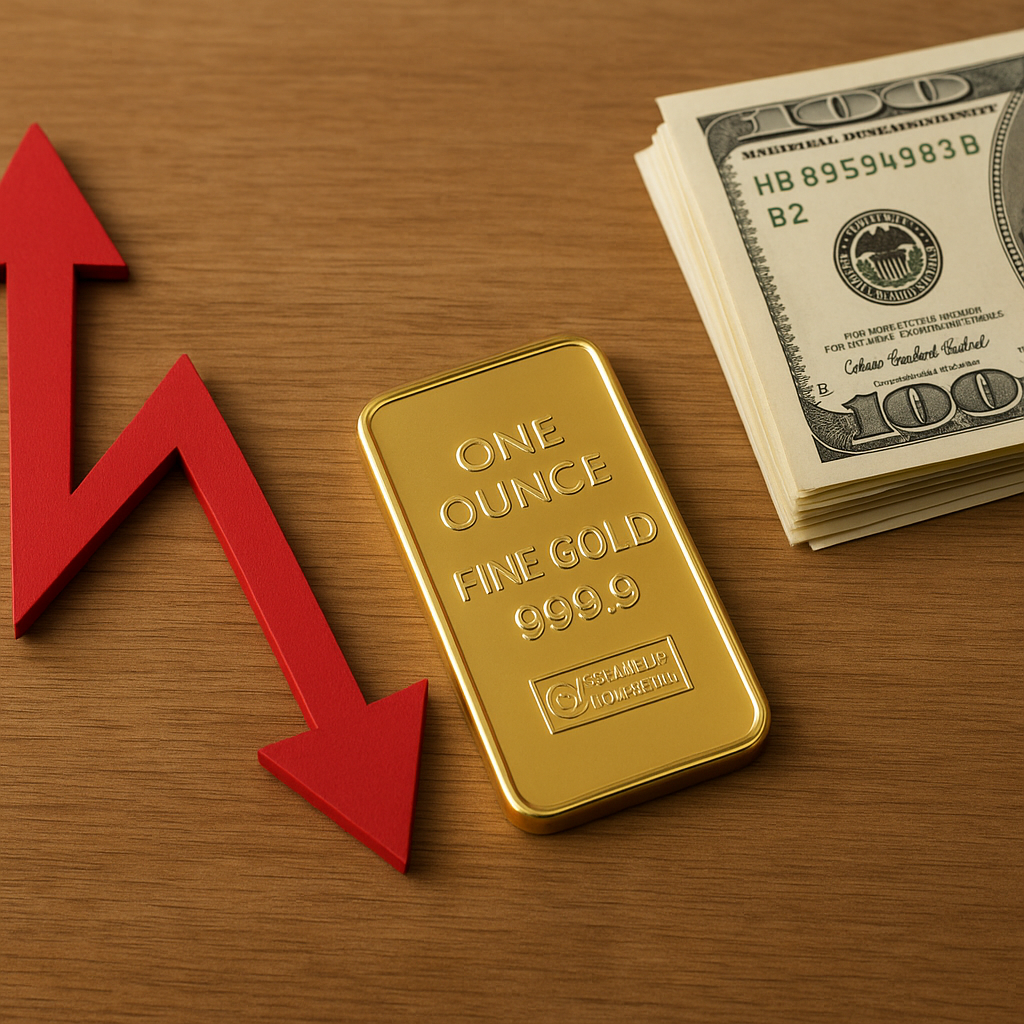Gold has been a symbol of wealth and a medium of exchange for centuries, and its value continues to play a significant role in the global economy. The process of mining gold is a critical component in determining the global supply and pricing of this precious metal. Understanding the intricacies of gold mining and its impact on the market is essential for investors, policymakers, and industry stakeholders.
The Process of Gold Mining
Gold mining is a complex and multifaceted process that involves several stages, from exploration to extraction and processing. The journey begins with the exploration phase, where geologists and mining companies search for gold deposits. This phase is crucial as it determines the potential profitability of a mining project. Advanced technologies, such as satellite imagery and geochemical analysis, are employed to identify promising sites.
Once a viable deposit is located, the extraction phase begins. There are several methods of gold extraction, including placer mining, hard rock mining, and by-product mining. Placer mining involves extracting gold from alluvial deposits, typically found in riverbeds, using techniques like panning and sluicing. Hard rock mining, on the other hand, involves extracting gold from solid rock formations, often requiring the use of explosives and heavy machinery. By-product mining occurs when gold is extracted as a secondary product during the mining of other metals, such as copper or silver.
After extraction, the gold ore undergoes processing to separate the gold from other minerals. This is typically done through a combination of crushing, grinding, and chemical treatment, such as cyanidation or flotation. The resulting gold is then refined to achieve the desired purity level, often reaching 99.9% pure gold.
Impact of Mining on Global Gold Supply and Pricing
The supply of gold is heavily influenced by mining activities, as it is the primary source of new gold entering the market. The amount of gold produced annually can fluctuate based on several factors, including the discovery of new deposits, technological advancements, and changes in mining regulations. These fluctuations can have a direct impact on global gold prices.
Gold prices are determined by a combination of supply and demand dynamics, geopolitical factors, and macroeconomic trends. When mining output increases, the supply of gold in the market rises, which can lead to a decrease in prices if demand does not keep pace. Conversely, if mining output declines, the reduced supply can drive prices higher, assuming demand remains constant or increases.
In addition to supply and demand, geopolitical factors can also influence gold prices. Political instability, economic uncertainty, and currency fluctuations can lead to increased demand for gold as a safe-haven asset, driving prices higher. Conversely, stable political and economic conditions can reduce the demand for gold, leading to lower prices.
Technological advancements in mining can also impact gold supply and pricing. Innovations in exploration and extraction techniques can lead to the discovery of new deposits and more efficient mining operations, increasing the supply of gold. However, these advancements can also lead to increased production costs, which may offset the benefits of higher supply.
Environmental and social considerations are becoming increasingly important in the mining industry, influencing both supply and pricing. Stricter environmental regulations and the growing emphasis on sustainable mining practices can lead to increased production costs and reduced output, impacting the global supply of gold. Additionally, social factors, such as labor strikes and community opposition to mining projects, can disrupt production and affect prices.
The Future of Gold Mining and Pricing
As the global economy continues to evolve, the future of gold mining and pricing will be shaped by a combination of technological, environmental, and geopolitical factors. The development of new technologies, such as automation and artificial intelligence, has the potential to revolutionize the mining industry, leading to more efficient and cost-effective operations. However, these advancements must be balanced with the need for sustainable and environmentally responsible mining practices.
Environmental concerns will play a significant role in shaping the future of gold mining. As the world becomes more conscious of the environmental impact of mining activities, companies will need to adopt more sustainable practices to minimize their ecological footprint. This may involve investing in cleaner technologies, reducing water and energy consumption, and rehabilitating mined land.
Geopolitical factors will continue to influence gold prices, as political and economic instability can drive demand for gold as a safe-haven asset. As emerging markets grow and develop, their demand for gold is likely to increase, further impacting global prices. Additionally, central banks around the world continue to hold significant gold reserves, and their buying and selling activities can influence market dynamics.
In conclusion, the role of mining in global gold supply and pricing is a complex and multifaceted issue. The interplay of technological advancements, environmental considerations, and geopolitical factors will continue to shape the future of the gold market. Understanding these dynamics is crucial for investors, policymakers, and industry stakeholders as they navigate the ever-changing landscape of the global gold market.












